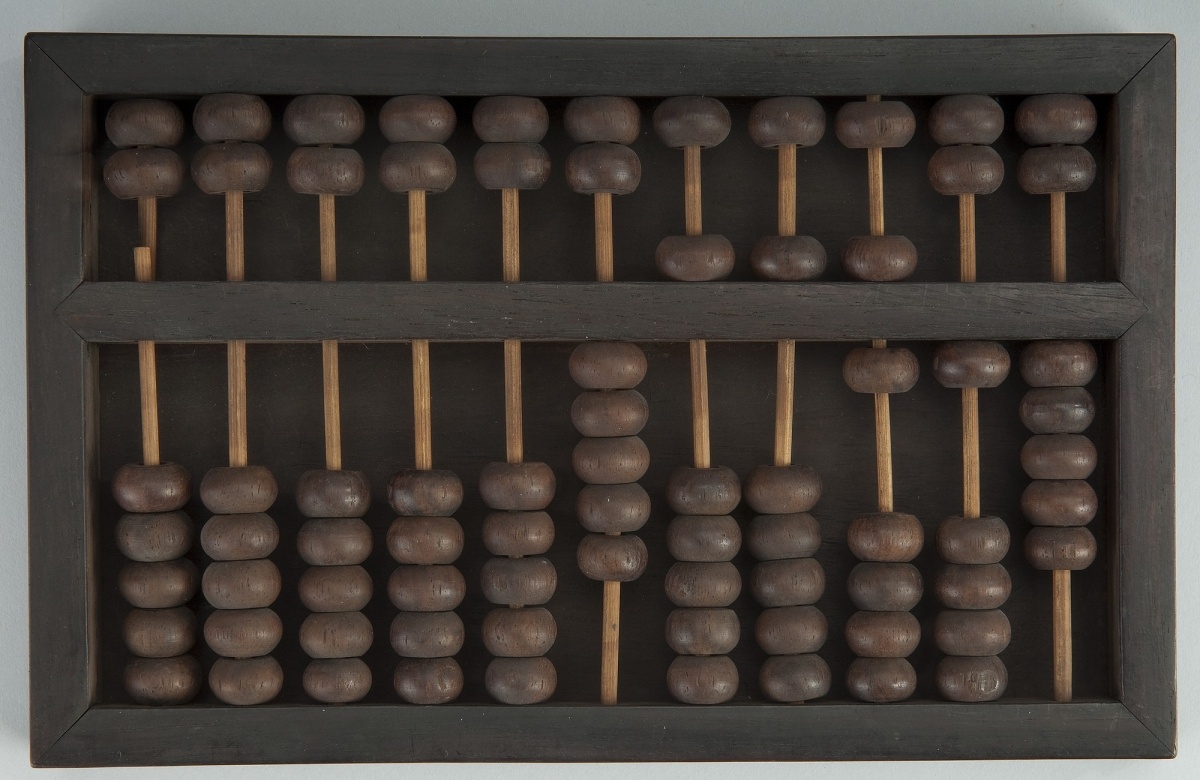
The abacus, often hailed as one of the earliest computing devices, has a rich history spanning thousands of years. Its enduring legacy and enduring relevance in the modern era make it a fascinating subject of study and admiration. In this article, we'll delve into 18 intriguing facts about the abacus, shedding light on its origins, evolution, and enduring impact on mathematics and technology. From ancient civilizations to its role in shaping the modern world, the abacus has left an indelible mark on human history. Join us as we uncover the captivating story behind this remarkable instrument, exploring its cultural significance, mathematical prowess, and enduring legacy. Get ready to embark on a journey through time and discover the enduring allure of the abacus.
Key Takeaways:
- The abacus, a 4,500-year-old calculating device, has influenced modern technology and continues to be valued for its educational benefits, fostering mental arithmetic skills and enhancing cognitive development in learners.
- The abacus embodies human ingenuity and serves as a testament to the enduring legacy of ancient innovations, inspiring awe and admiration for its timeless educational value and impact on mathematics and technology.
The abacus is one of the oldest known calculating devices.
Dating back to around 2700–2300 BCE, the abacus has a history spanning over 4,500 years, making it one of the earliest tools used for mathematical calculations.
Its name has an interesting origin.
The term "abacus" is derived from the Greek word "abax," which means "flat surface" or "dustless board." This reflects the early use of the abacus as a flat board covered in sand or dust for drawing calculations.
The abacus has various forms and designs.
Different cultures have developed their own unique versions of the abacus, such as the Chinese suanpan, the Japanese soroban, and the Russian schoty. Each design exhibits distinct features and functionalities.
It played a crucial role in early trade and commerce.
During ancient times, merchants and traders relied on the abacus for performing swift and accurate calculations, contributing to the growth of commerce and economic activities.
The abacus is a versatile tool.
It can perform addition, subtraction, multiplication, division, and even square root operations, showcasing its versatility in handling a wide range of mathematical tasks.
It has been used across diverse civilizations.
The abacus has been utilized in various cultures, including Mesopotamia, China, Egypt, Greece, Rome, and many others, highlighting its widespread adoption and adaptability.
The abacus is a precursor to modern computing.
Its fundamental principles of representing and manipulating numerical values laid the groundwork for the development of modern computing devices and algorithms.
It remains relevant in the digital age.
Despite technological advancements, the abacus continues to be valued for its educational benefits, fostering mental arithmetic skills and enhancing cognitive development in learners.
The abacus has symbolic significance in many cultures.
In some societies, the abacus symbolizes prosperity, good fortune, and academic achievement, leading to its use in ceremonies and rituals.
It has inspired artistic and literary works.
The abacus has been depicted in paintings, sculptures, and literature, serving as a symbol of intellect, precision, and the pursuit of knowledge.
The abacus fosters a tactile learning experience.
Its physical beads and rods provide a tactile and visual representation of numbers, offering a hands-on approach to learning mathematical concepts.
It continues to be used in educational settings.
Educators incorporate the abacus into teaching methodologies to facilitate interactive and engaging learning experiences, particularly for enhancing numerical fluency and problem-solving skills.
The abacus has gained recognition as a cultural heritage item.
In 2013, UNESCO recognized the abacus as an intangible cultural heritage, acknowledging its historical significance and educational value.
It has evolved with technological innovations.
Modern versions of the abacus feature improvements such as color-coded beads, ergonomic designs, and digital interfaces, catering to contemporary learning needs.
The abacus has a dedicated community of enthusiasts.
Numerous organizations and enthusiasts worldwide are committed to preserving the legacy of the abacus, organizing competitions, workshops, and exhibitions to promote its enduring relevance.
It continues to inspire innovation.
The principles underlying the abacus have influenced the design and functionality of digital calculators and computational tools, demonstrating its enduring impact on technological innovation.
The abacus embodies the enduring spirit of human ingenuity.
Its enduring presence across millennia reflects the timeless human endeavor to create tools that simplify complex tasks and advance our understanding of mathematics and computation.
The abacus serves as a testament to the enduring legacy of ancient innovations.
Amidst the rapid evolution of technology, the abacus stands as a testament to the enduring legacy of ancient innovations, embodying the timeless quest for knowledge and the pursuit of mathematical excellence.
The abacus, with its enduring legacy and profound impact on mathematics and technology, continues to inspire awe and admiration for its timeless ingenuity and educational value. Whether as a cultural symbol, a mathematical tool, or a source of artistic inspiration, the abacus remains an enduring testament to human creativity and the pursuit of knowledge.
Conclusion
The abacus, with its rich history and enduring significance, stands as a testament to the enduring power of human ingenuity. From its origins in ancient Mesopotamia to its widespread use in various cultures, the abacus has played a pivotal role in shaping the development of mathematics and continues to inspire fascination today. Its timeless appeal lies in its simplicity, efficiency, and versatility, making it a valuable educational tool and a symbol of human achievement. As we embrace modern technological advancements, the abacus remains a timeless treasure, reminding us of the remarkable journey of human innovation and the enduring relevance of ancient wisdom.
FAQs
What is the origin of the abacus?The abacus has ancient origins, with early forms believed to have originated in Mesopotamia around 2700–2300 BCE.
How is the abacus used for calculations?The abacus is a counting tool that uses beads on rods to represent numbers and perform arithmetic operations. Each bead's position denotes a specific value, enabling users to perform addition, subtraction, multiplication, and division with remarkable speed and accuracy.
Was this page helpful?
Our commitment to delivering trustworthy and engaging content is at the heart of what we do. Each fact on our site is contributed by real users like you, bringing a wealth of diverse insights and information. To ensure the highest standards of accuracy and reliability, our dedicated editors meticulously review each submission. This process guarantees that the facts we share are not only fascinating but also credible. Trust in our commitment to quality and authenticity as you explore and learn with us.


